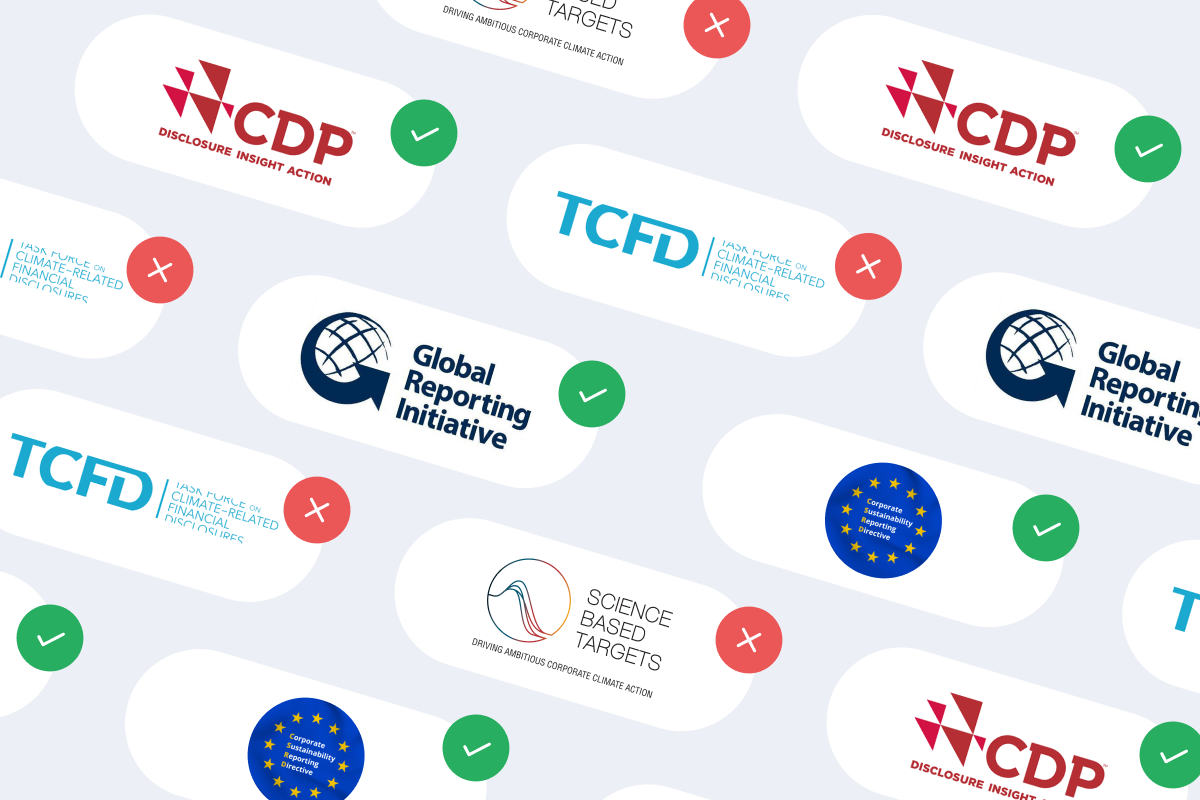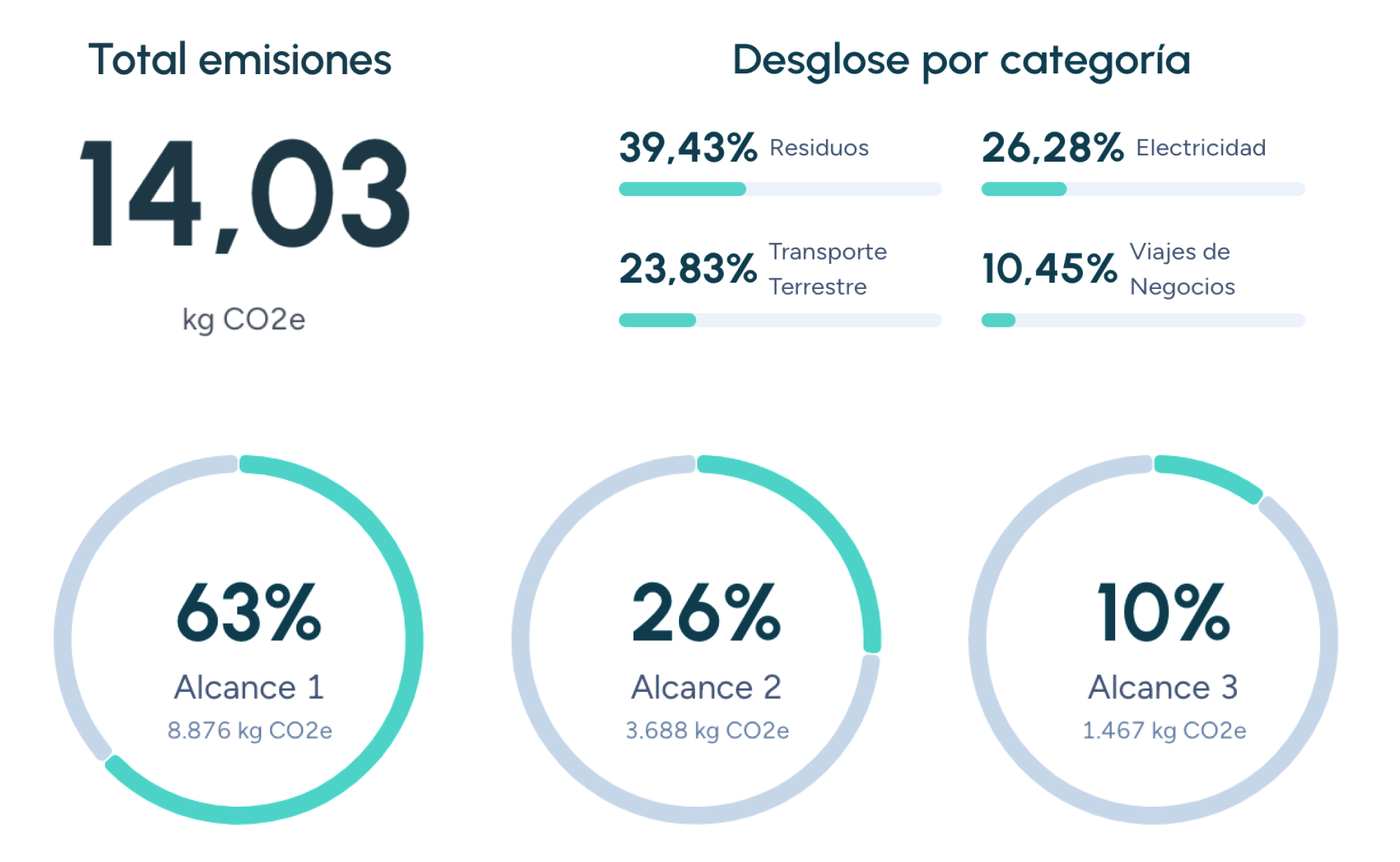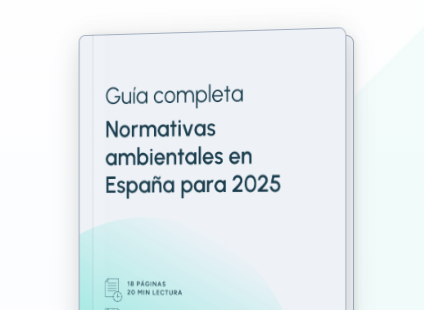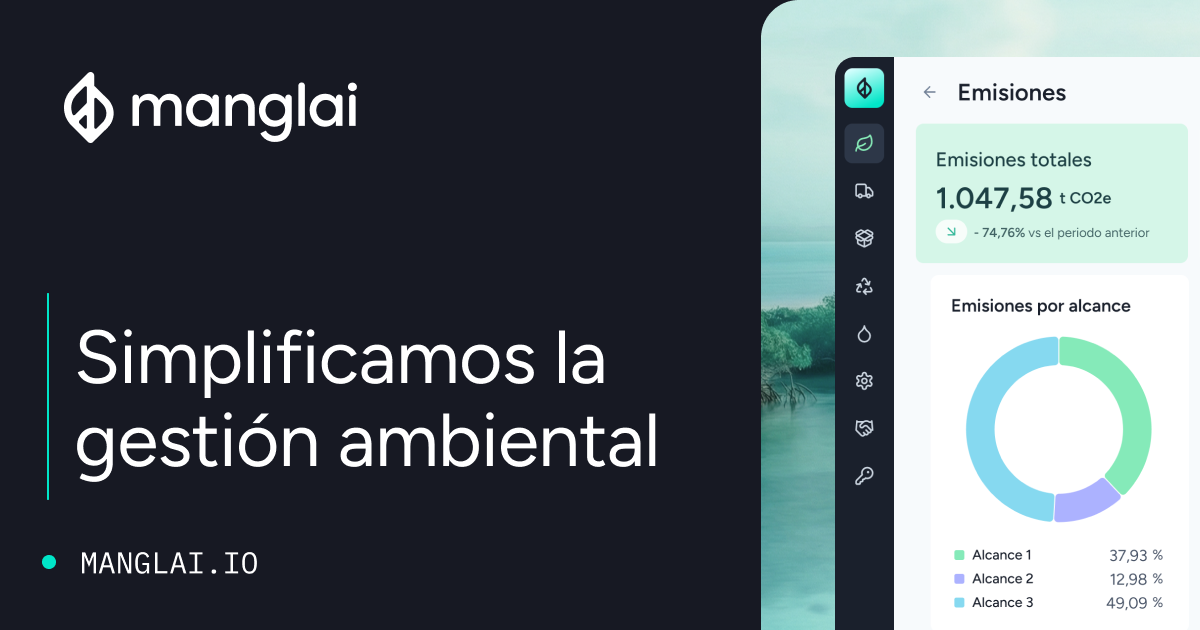J
Just Transition Mechanism
The Just Transition Mechanism (JTM) is a European Union (EU) instrument designed to support the regions and communities most affected by the shift toward a climate-neutral economy. It is a key pillar of the European Green Deal and aims to ensure that the transition to a low-carbon production model is socially inclusive, protecting jobs and reducing regional inequalities.
Main Objectives
- Financial support: Provide investments and grants to areas highly dependent on carbon-intensive industries such as coal mining, steel, and cement production.
- Job creation: Promote industrial restructuring and diversification to generate green and sustainable employment.
- Economic development: Boost regional competitiveness through innovation, digitalization, and the circular economy.
- Social cohesion: Ensure that no one is left behind during the transition by offering training, reskilling, and social protection measures.
Structure of the Mechanism
The Just Transition Mechanism operates through three main pillars:
- Just Transition Fund (JTF): Provides grants for projects that promote economic diversification, worker reskilling, and the transformation of coal-dependent regions.
- Public Sector Loan Facility: Offers favorable loans to regional and local authorities for investments in sustainable infrastructure.
- InvestEU support: Mobilizes private investment for green and digital transition projects through guarantees and blended financing.
Eligible Projects
- Environmental rehabilitation: Clean-up of contaminated sites, ecosystem restoration, and promotion of renewable energy.
- Industrial transformation: Deployment of clean technologies, R&D in green energy, and energy efficiency upgrades in factories.
- Social and labor support: Training programs for workers at risk of unemployment, entrepreneurship initiatives, and social protection schemes.
- Sustainable mobility: Development of electric transport networks, cycling infrastructure, and low-emission logistics.
Access to Funding
EU Member States must prepare Territorial Just Transition Plans, identifying the regions most in need and outlining specific projects. These plans are submitted to the European Commission, which evaluates them and allocates funding accordingly.
Connection with Other EU Policies
- European Green Deal: The JTM is a cornerstone of the EU’s strategy to achieve climate neutrality by 2050.
- Cohesion Funds: Complements instruments such as the European Regional Development Fund (ERDF) and the European Social Fund Plus (ESF+).
- Fit for 55 Package: Supports the EU’s target of reducing emissions by 55% by 2030, accelerating industrial and regional transformation.
Challenges and Implications
- Budget balance: Ensuring sufficient funding to meet the scale of transition needs in high-unemployment regions.
- Regional engagement: Local authorities must be actively involved to design effective, non-duplicative projects.
- Performance tracking: Clear indicators are needed to measure the success of funded projects.
- Global competitiveness: Rapid decarbonization requires innovation to prevent industrial regions from falling behind internationally.
Examples of Application
- Coal region transformation: Transitioning former coal-mining areas toward green hydrogen production or eco-tourism.
- Support for green SMEs: Promoting startups focused on renewable energy and circular economy models.
- Educational reforms: Updating vocational training to equip the workforce with skills for the green and digital economy.
Expected Benefits
- Reduction of regional disparities: Directing investment toward historically disadvantaged areas.
- Quality employment: Green and digital sectors provide stable, long-term job opportunities.
- Sustainable growth: Enhances competitiveness while lowering carbon emissions.
- Social protection: Prevents marginalization of communities affected by industrial decline.
The Just Transition Mechanism is a cornerstone of Europe’s climate-neutral strategy, ensuring that the path toward decarbonization is fair, inclusive, and regionally balanced. By combining funding, loans, and private investment, it helps carbon-dependent regions transform their economies, create green jobs, and strengthen social cohesion. If implemented effectively and transparently, the JTM could serve as a global model for equitable ecological transformation.
Companies that trust us

Carbon Trust Footprint Label
The Carbon Trust Footprint Label is a seal granted by the independent organization Carbon Trust that certifies and communicates the carbon footprint of a product, organization, or service.
Carbon credits
Carbon credits are a key tool in the fight against climate change, enabling companies and governments to offset their emissions by investing in projects that reduce greenhouse gases on a global scale.
Climate finance
Discover what climate finance is and how it drives the fight against climate change. Learn about its sources, challenges, and opportunities with Manglai.
Guiding businesses towards net-zero emissions through AI-driven solutions.
© 2025 Manglai. All rights reserved
Política de Privacidad


